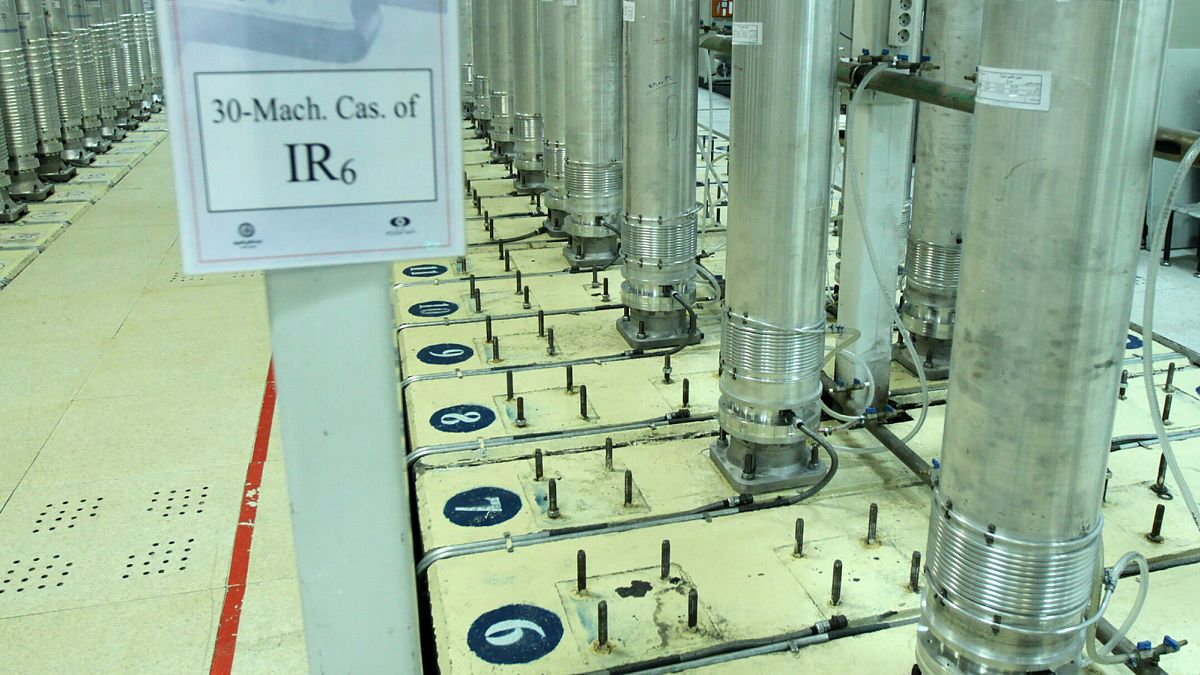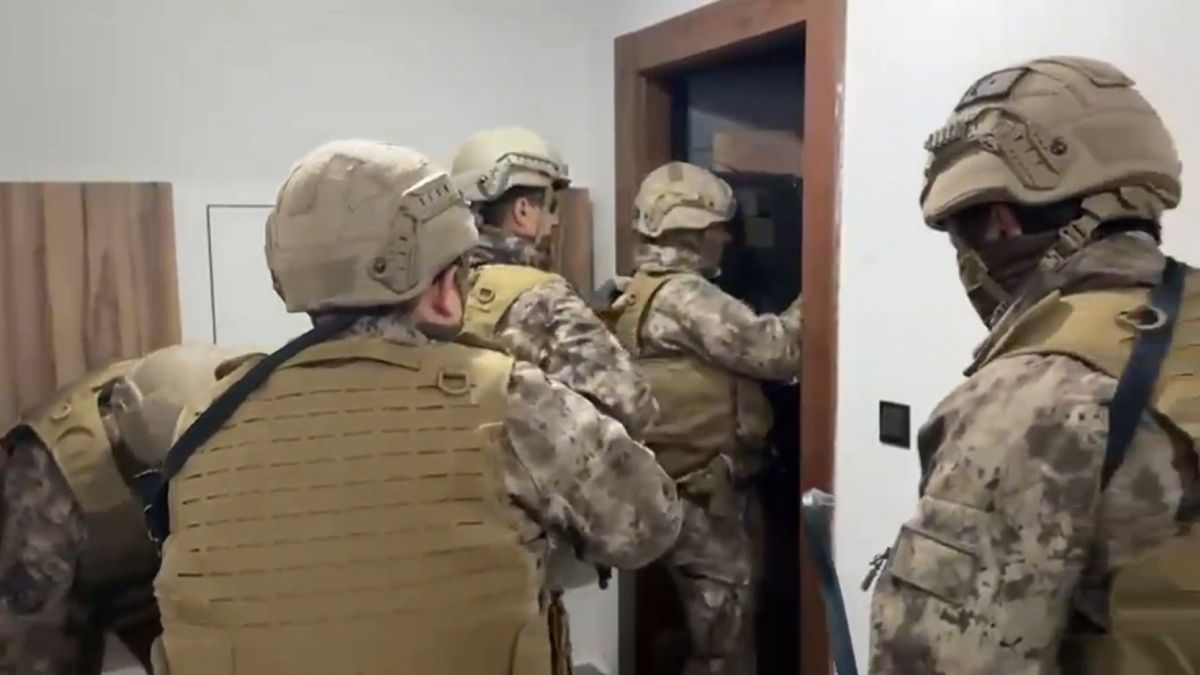Over the course of six weeks, a joint team from the United Kingdom and the United States recently carried out 233 test runs of an advanced missile model that travels at several thousand kilometres per hour.
This team completed hundreds of "static tests" on a propulsion system that will power a "cutting edge" hypersonic cruise missile to be released before the end of the decade, the UK government announced on Sunday.
"We are living in a more dangerous world and it has never been more important for us to innovate and stay ahead of our adversaries, equipping our forces with the technologies of the future," John Healy, the UK’s defence secretary, said in a statement.
The UK, however, is not the only country in Europe focused on building this kind of state-of-the-art weaponry; the European Union identified hypersonic weapons as one of its "critical and foundational technologies" in air and missile defence that will be key for the rearmament of the continent in a March white paper on defence readiness.
So, what are these weapons and what can they do?
What are hypersonic weapons?
Hypersonic weapons travel at speeds of Mach-5 (more than 6,100 km/h) - which is five times the speed of sound - or faster, while still being able to change directions duright flight.
These weapons can include long-range strike missiles that can be launched from land, sea or air. They normally fly lower than ballistic missiles which means they may be harder to track at long distances.
Hypersonic missiles can re-enter the atmosphere at faster speeds than ballistic missiles that traditionally follow a parabolic trajectory and can then be guided directly to their target, according to the Center for Arms Control and Proliferation.
Hypersonic missiles could be used for a variety of different missions, like striking high-value assets, long-range precision strikes and enhancing nuclear deterrents.
There are two main types of hypersonic missiles: the hypersonic glide vehicles (HGVs), a type of warhead that is used for ballistic missiles, and hypersonic cruise missiles (HCMs) that use air-breathing engines to reach high speeds.
Aircrafts and guns that fire projectiles can also have hypersonic capacities.
A 2023 UK government briefing note said that the manoeuvrability, altitude and speed of hypersonic missiles "may pose challenges" for missile defence systems that are supposed to counter ballistics.
"These could include later detection and less time for the target to make decisions and respond," the note says. "Existing missile defence systems would need to be adapted to better counter hypersonic missiles, which would likely require significant investment".
Which countries already have hypersonic missiles?
The first time the world saw a hypersonic weapon was China’s DF-17, unveiled during a military parade to commemorate the 70th anniversary of the People’s Republic in 2019.
Chinese media reports at the time described the DF-17 as a short to medium-range missile that had the South China Sea, the Taiwan Straits and Northeast Asia within striking range.
In March 2022, Euronews Next reported that the Russian Ministry of Defence allegedly launched a Kinzhal hypersonic weapon at a munitions factory and a fuel storage depot, marking the first time it was used in active combat.
In December, Russian President Vladimir Putin spoke on Russian TV about the use of a hypersonic weapon called 'Oreshnik' which travels at Mach-10, or 10 times the speed of sound (over 12,300 km/h).
According to reports from The Associated Press, Russian forces believe the Oreshnik missile has the range to reach any European target.
The US Defense Security Cooperation Agency said on March 10 that they will support a possible $200 million (€182.6 million) deal with Japan to support its own "hyper velocity gliding projectiles" (HVGP) programme.
These weapons are seen as high-speed, cost-effective guided missiles that can fired from a range of gun systems, and in the case of Japan, will contribute specifically to the defence of remote islands of the archipelago.
In Europe, the EU Commission noted in a white paper earlier this month that hypersonic missiles would be part of an "integrated, multi-layer air and missile defence system that protects against a full spectrum of air threats".
Euronews Next reached out to the EU Commission to get an estimate for how many hypersonic weapons would be needed for the continent’s rearmament but did not receive an immediate reply.
The Commission has already directed at least €80 million through the EU Defence Fund (EDF) to the Hypersonic Defence Interceptor System programme. It is studying and will eventually select an interceptor to counter hypersonic threats.

 1 week ago
6
1 week ago
6






 We deliver critical software at unparalleled value and speed to help your business thrive
We deliver critical software at unparalleled value and speed to help your business thrive






 English (US) ·
English (US) ·